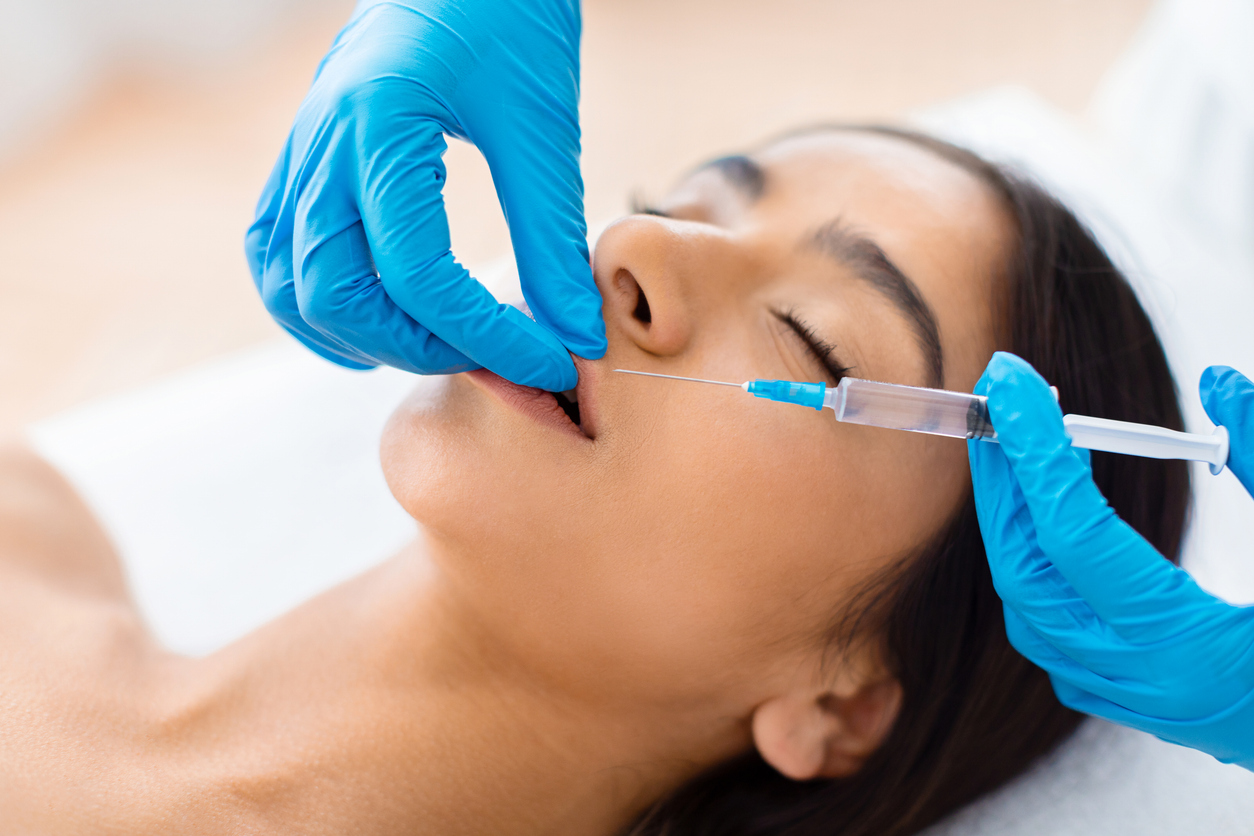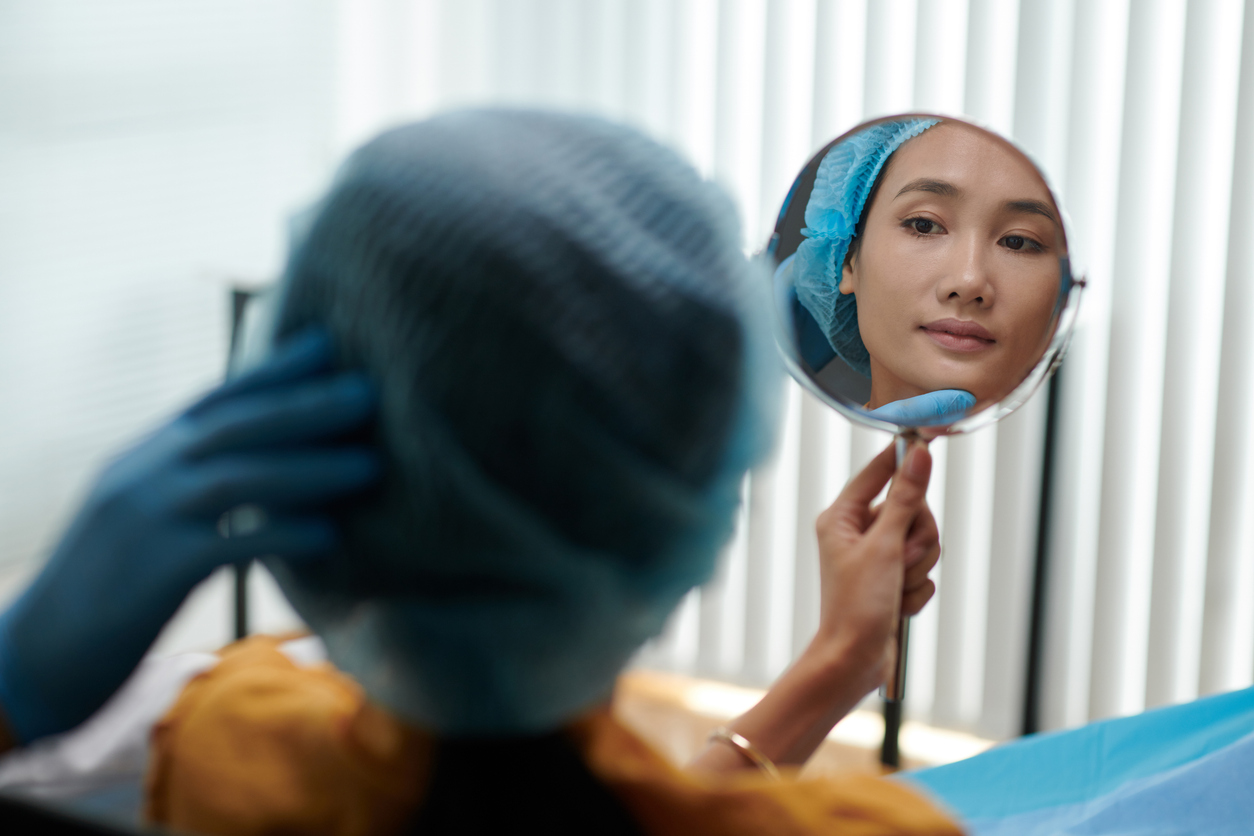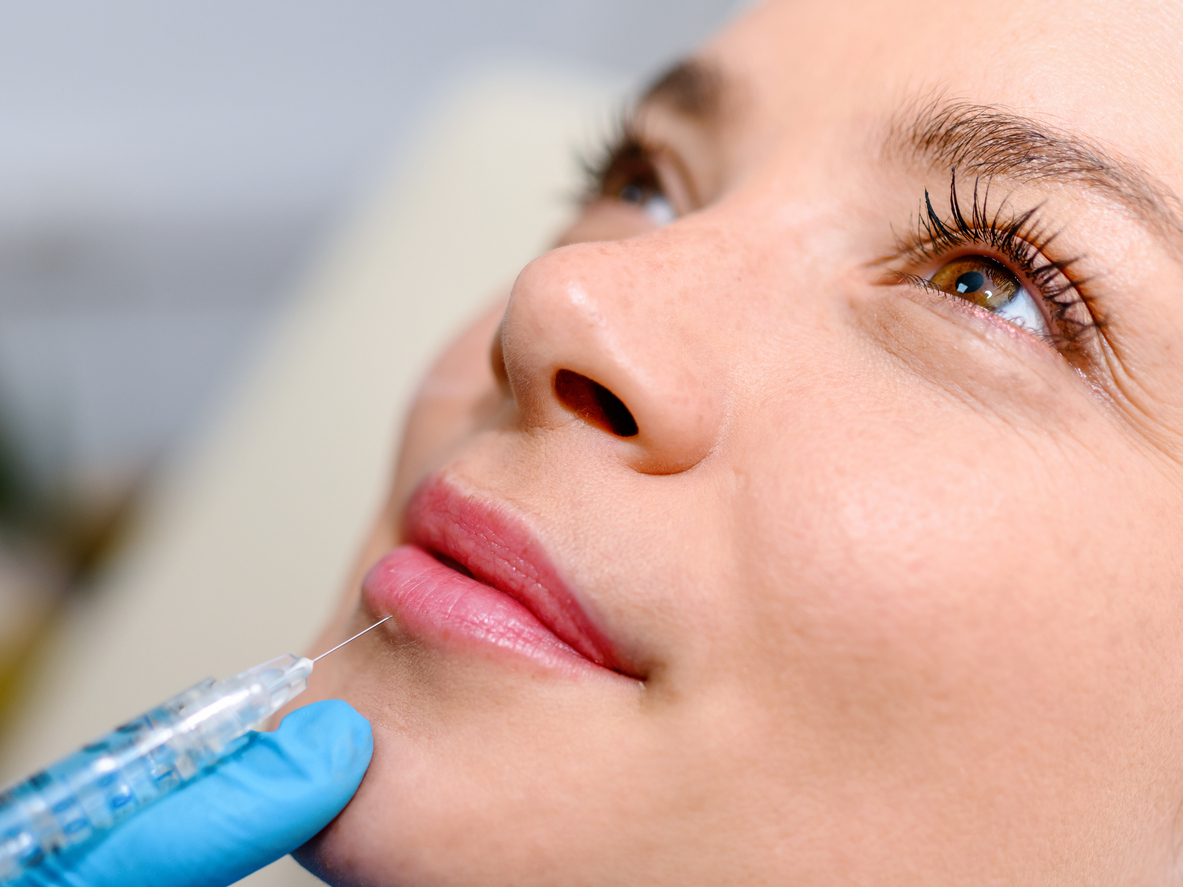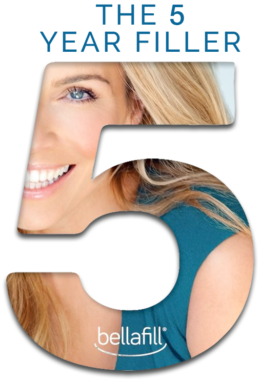Lip augmentation is one of the most popular cosmetic treatments out there. Just look around…
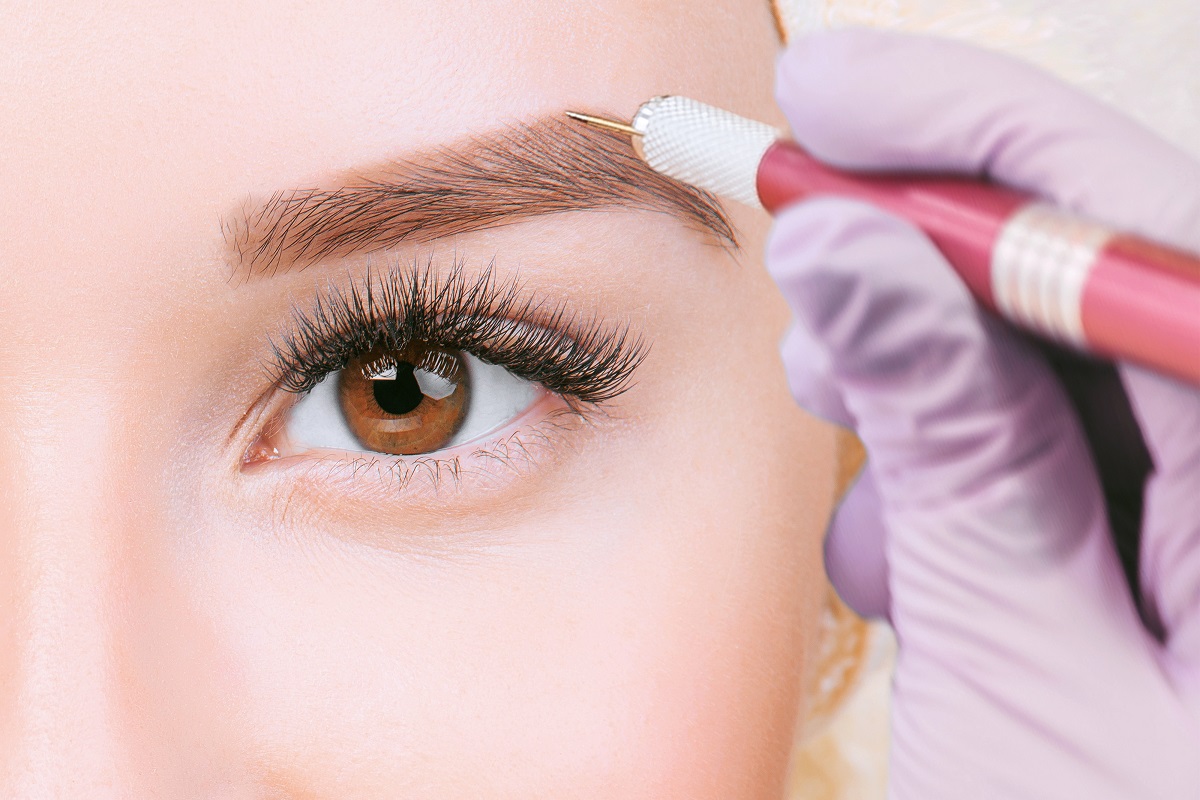
Microblading: Say Goodbye to Eyebrow Hair Loss Once and for All
Some hair loss is a normal part of getting older. Once you reach a certain age, you can expect the hair on your head to seem a little thinner than it used to be. Even facial hair, like eyebrow hair, can thin out with age. Aging skin is the primary cause because the skin loses elasticity, resulting in brittle hair follicles. Hair falls out, and eyebrows become thinner. Age-related hair loss is significantly more apparent in people with fair hair.
However, Vargas Face & Skin Center emphasizes that aging is not the only reason that eyebrows can get thinner. Overplucking, psoriasis, eczema, and even hormone changes can lead to hair falling out. But just as there are different reasons eyebrow hair thins, there are also many ways to make them appear fuller again. Eyebrow microblading is one of the most popular.
What is Eyebrow Microblading?
Many women worldwide fill in their eyebrows every day with various cosmetics, from eyebrow pencils to eyebrow pomade. Eyebrow microblading is the semi-permanent version of the concept. Microblading is a semi-permanent cosmetic procedure that fills in brows with thin, hair-like lines of pigment, creating the illusion of fuller brows.
With conventional eyebrow tattoos, needles are used to inject ink into the skin, and results can last for many years. In contrast, microblading uses a different type of pigment. Because the pigment used is eventually metabolized by the body, the effects of microblading may last from one to three years.
The tools used are also different. Unlike tattoos that use needles, disposable handheld tools called microblades are used in microblading.
The results are fuller, darker brows that look as natural as possible. In the hands of a skilled microblading technician, the drawn-in brow hairs should blend seamlessly with your natural hair follicles.
Are You a Good Candidate?
Microblading is a good long-term solution to thinning brows. There’s a shade and style for everyone. Even people who have had significant brow hair loss due to conditions such as alopecia can be candidates for this cosmetic procedure.
The microblading specialist takes into account both skin tone and the color of the existing hair. From there, they should be able to create a custom blend of pigment to match your current hair color, ensuring your brows match perfectly.
What You Need to Know
The first step is to consult a reputable clinic that provides microblading services. When you talk to a highly skilled and licensed aesthetician, they should be able to provide you with all the answers you need in terms of the pigment to be used, the shape of the brows, and how the procedure takes place.
Some pigments may cause an adverse reaction in certain individuals, so the aesthetician needs to check if you’re allergic. If you have no adverse reactions, you can go ahead with the procedure.
Also, keep in mind that microblading involves breaking the skin to put the pigment in. Ensure that the clinic you choose has stringent cleanliness and sanitation protocols for all their tools and equipment. This helps reduce the risk of infection from the procedure.
Preparation Phase
You also need to adhere to the following restrictions before the procedure:
2-3 Weeks Before
No chemical peels or other facial treatments should be performed. This prevents your skin from becoming too sensitive or tender before the microblading. You may also be asked to discontinue any skincare with Vitamin A or Retinol, as it changes your skin’s chemical makeup and increases cell turnover. You must also not have any Botox treatments during this time.
1 Week to 3 Days Before
You must avoid consuming fish oil or Vitamin E. They are natural blood thinners and can affect healing. You should also avoid tanning, sunbathing, or any form of excessive sun exposure. This keeps your skin from becoming too photosensitive and limits melanin production on your face.
2 Days Before
You’re not allowed to wax or pluck your hair. This limits damage to the skin around your brows.
1 Day Before
No caffeinated beverages or alcohol before the procedure are allowed. Caffeine is a diuretic that can dehydrate you and your skin. Additionally, you cannot take aspirin or ibuprofen before the procedure, as they are blood thinners and can increase the risk of bleeding.
Make sure to wash and style your hair thoroughly on this day because your brows should not come into contact with water for seven days following the procedure.
Procedure Day
If you have remaining questions, now is the time to ask them. If you need to, you can go over the shape of the brows, the color, and the expected result with your aesthetician.
The aesthetician will apply a topical numbing cream or ointment on the brow area to limit discomfort. Once you’re ready, the specialist will then begin microblading your brows. This can take roughly two hours—perhaps more if the specialist uses different colors to add dimension to the brows.
The specialist will be as careful as possible with the strokes to ensure that they’re done correctly.
Recovery Phase
You can go home immediately after the procedure. However, you’ll need to perform care procedures for your brows for at least one week following microblading. Don’t worry if your brows appear darker than expected—this is normal, and the brows will fade to their appropriate color in time.
They might feel strange to the touch as well. This is because the cuts made are scabbing and healing. There may also be redness and mild swelling, which will go away after some time.
Your aftercare reminders should include washing procedures. Ideally, no water should come into contact with your brows, but you may be allowed to clean the area with antibacterial soap and a little water, using only your fingertips.
If you’ll be using a moisturizing ointment to help the brows heal, use it sparingly. You also won’t be able to put makeup on your brows for at least a week as the brows heal. You should not sleep facedown or with anything pressing against your brows for ten days following the procedure.
Most importantly, do not pick at your scabs, and avoid direct sunlight on your brow area for a month.
Choose Expert Specialists and a Reputable Facility
The best results come from highly trained professionals who take great care in performing the procedure and follow stringent safety protocols. Microblading uses skin pigments to add color to your eyebrows, but the Food and Drug Administration does not heavily regulate these pigments. As a result, it’s crucial to choose a highly reputable company or clinic that uses skin-safe, non-toxic pigments.
Moreover, how your brows will look depends heavily on your aesthetician’s steady, trained hand. For this reason, be sure to choose a professional who is trained and experienced in microblading.
Vargas Face & Skin Center uses sophisticated, advanced techniques to address eyebrow hair loss. These include facial hair restoration, ideal not just for those with thinning brows but also for those who wish to have hair in any area where there is little to no hair.
Every patient that chooses our center receives top-notch care with beautiful, lasting results. Schedule a virtual consultation with us today and get your questions about our eyebrow hair loss treatment answered, or browse our other hair restoration procedures.

